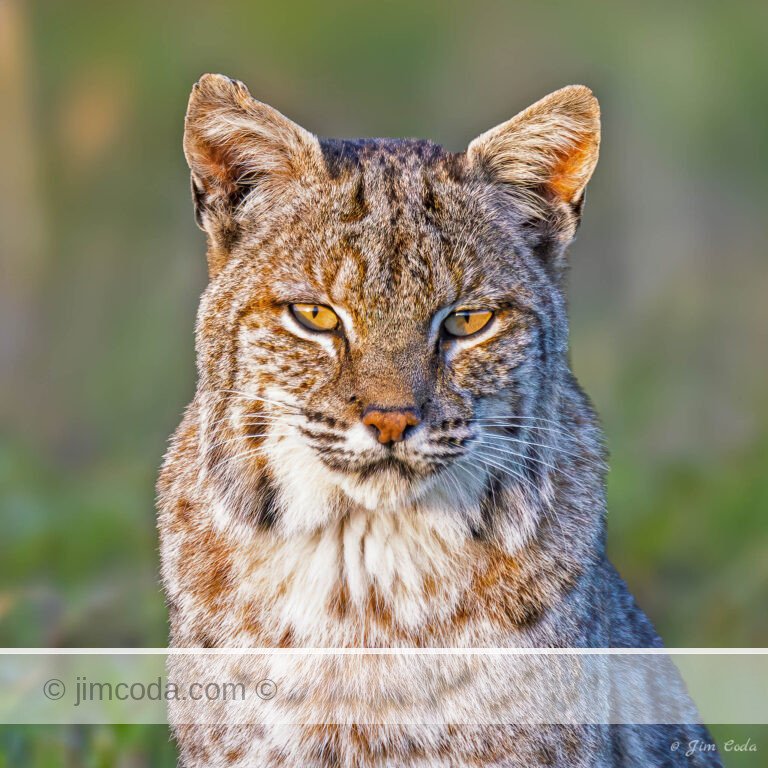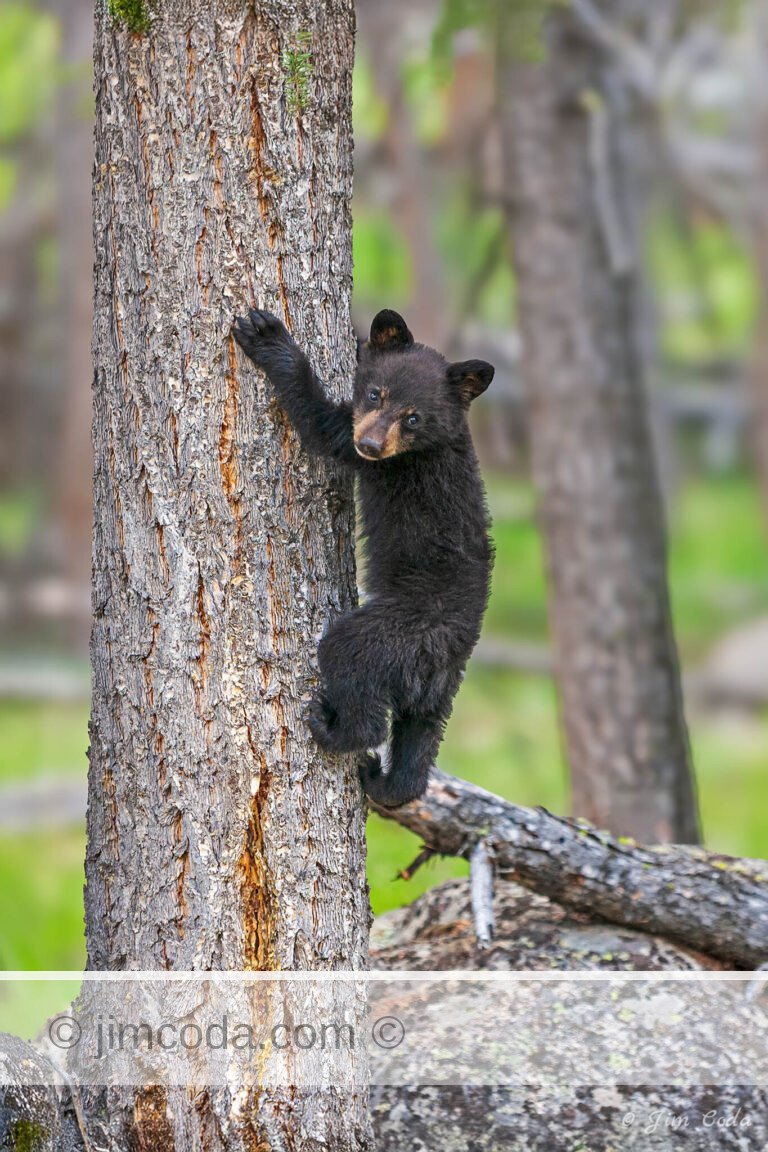Tag: elk
Bull Elk, Tomales Point
I photographed this bull Tule elk in the Elk Reserve at Point Reyes National...
Tule Elk, Point Reyes National Seashore
This bull has shed his antlers and has the beginnings of new...
Two Bull Tule Elk, Point Reyes National Seashore
January 28, 20011. Two bull elk face each other before...
Bull Elk at Sunset
Just before sunset, a bull elk looks across a field and sees another one of those...
Cows Know Best
A cow elk gazes off into the distance. Pardon the anthropomorphism, but she looks like...
Bobcat on the Run
I went out to Point Reyes for a while today. I saw two bobcats and a coyote, not to...
Tule Elk near sunset, Point Reyes National Seashore; Love Is in the Air
This 7-point bull is exhibiting...
No articles found
Prints for sale
Browse my selection of photos for sale as fine art prints
Filter by category
Sorry, no prints in this category









